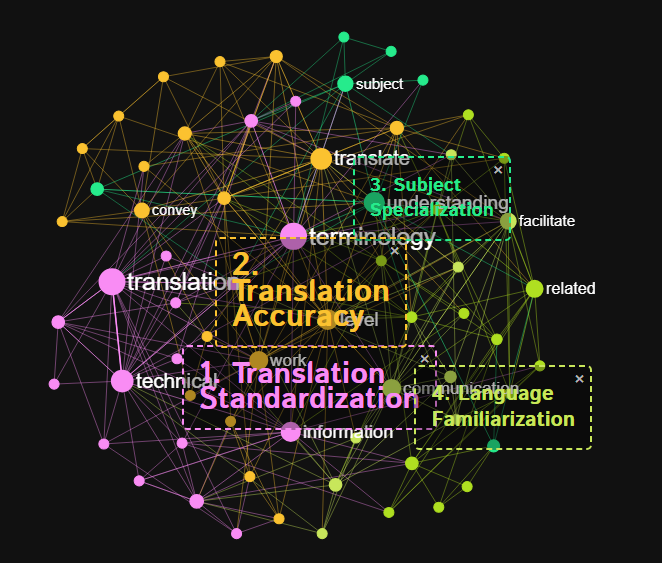Technical translation is the translation of technical documentation, but may extend to any detailed document that employs industry-specific terminology.

Translating technical documents comes with its own set of challenges. One of the main obstacles is the industry-specific jargon and technical terms that are encountered in fields such as engineering, IT, or medicine.
Definition of Technical translation
Technical translation focuses on converting documents, translation of technical texts, or content from one language to another while maintaining the accuracy and clarity of technical, scientific, or specialized terminology.
The terminology used, and terminology management, are essential for the translation of technical information, thus facilitating accurate communication.
It is commonly used in fields such as engineering, medicine, information systems, and other industries where precise and context-specific terminology is crucial.
Technical translation concerns documents such as technical user manuals (consumer electronics, industrial machine tools), safety instructions, maintenance procedures, parts specifications, wiring diagrams, and technical data.
Technical translators must possess a deep understanding of both the source and target languages, as well as expertise in the subject, to ensure that the translated text is linguistically accurate, but also conveys technical data with precision.
Examples of technical translation
Translation of Machine Tools documentation, for instance, can bridge the gap in language among international resellers, thus enhancing opportunities in global markets.
This is achieved by ensuring efficient communication of quality information across cultural and linguistic boundaries.
The themes of technical translation
This is a model of the themes in technical translation, developed with Infranodus, text network analysis, and is shared here.

Users of technical documentation
The translation of technical documents, such as operations manuals, facilitates communication between industrial partners.
Some manufacturers produce their documentation only in English, which thus requires translation into the language used in the target market.
Resellers in France, for instance, like to provide technical manuals to their customers in French.
English documentation for the US market may need revision before export. End users need equipment documentation in their native language.
Technical terminology
Terms are vital for technical translation, but really for any work that uses industry-specific terminology.
The accurate use of standardized terminology is vital to enabling the clear communication of detailed industrial data.
The depth of understanding of subject-specific terminology is vital to ensuring that detailed content conveys the intended meaning, and requires a high level of attention to detail.
In turn, this means compiling terminology into a database.
And in turn, the focus on a corpus of technical terms encourages a translator to specialize in a field, to maximise the ‘return on investment’.
Translation facilitates communication
We store this technical information (source, target, alternatives, comments, and feedback) in a technical translation database. It provides a framework to clarify terms with end users.
Structured exchanges between the customer and the translator, about the definition of technical terms, help to deepen this understanding.
Alternative terms draw similar concepts together, and yet help to distinguish them by their difference.
In areas such as technical equipment, correct terminology helps to ensure that the right device is used to fulfil the desired function.
Maintenance schedules, for instance, are important to ensure continued safety and optimal operating conditions.
In medical translation, the issues may relate directly to patient welfare.
Accurate translation also avoids the unnecessary cost of additional communication or incorrect procedures.
Translation of audiovisual, legal, business, tourism, and marketing content requires slightly different skills.
Technical Translation
We specialize in translating software interfaces, user manuals, help documentation, and user interfaces.
We are experienced in structuring manuals, creating step-by-step instructions, and using appropriate terminology.
Additionally, we offer proofreading services to ensure consistent terminology, and to validate technical documents against the source material.
Conclusion
Standardizing information helps reduce error and increases the accuracy of communication by providing a common linguistic framework.
It ensures that all stakeholders use the same terminology, which reduces confusion and streamlines the sales process.
Standardization can be used to target higher levels of detail and draw distinctions between similar concepts.
Furthermore, it allows devices and equipment to fulfil their desired functions in optimal operating conditions.
In short, standardizing information helps ensure that everyone is “on the same page” while translating detailed content, so that mistakes can be avoided and communication remains accurate.